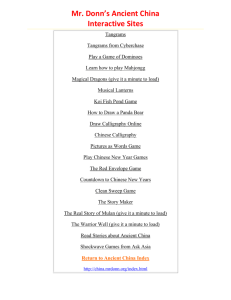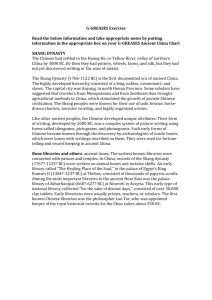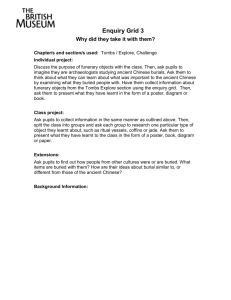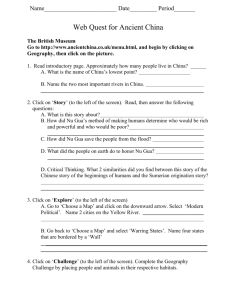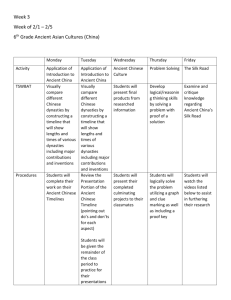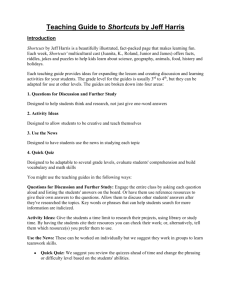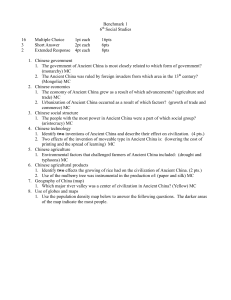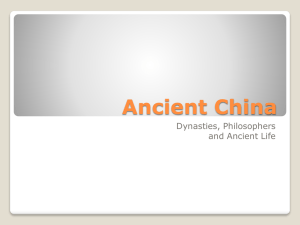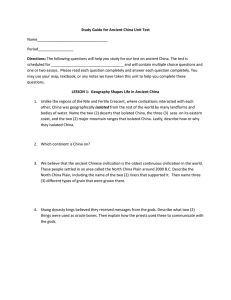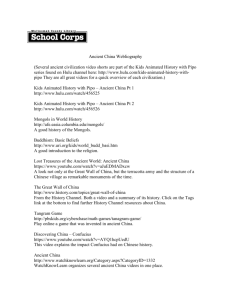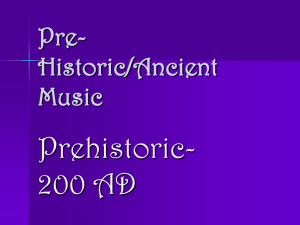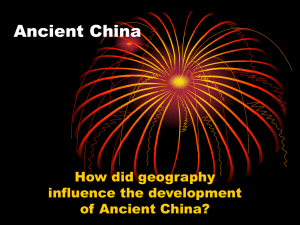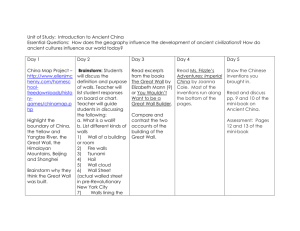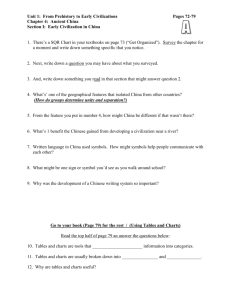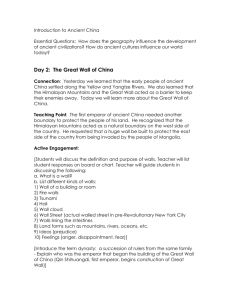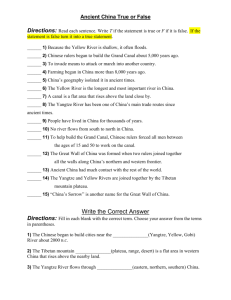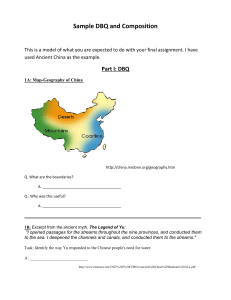Ancient China Study Guide
advertisement
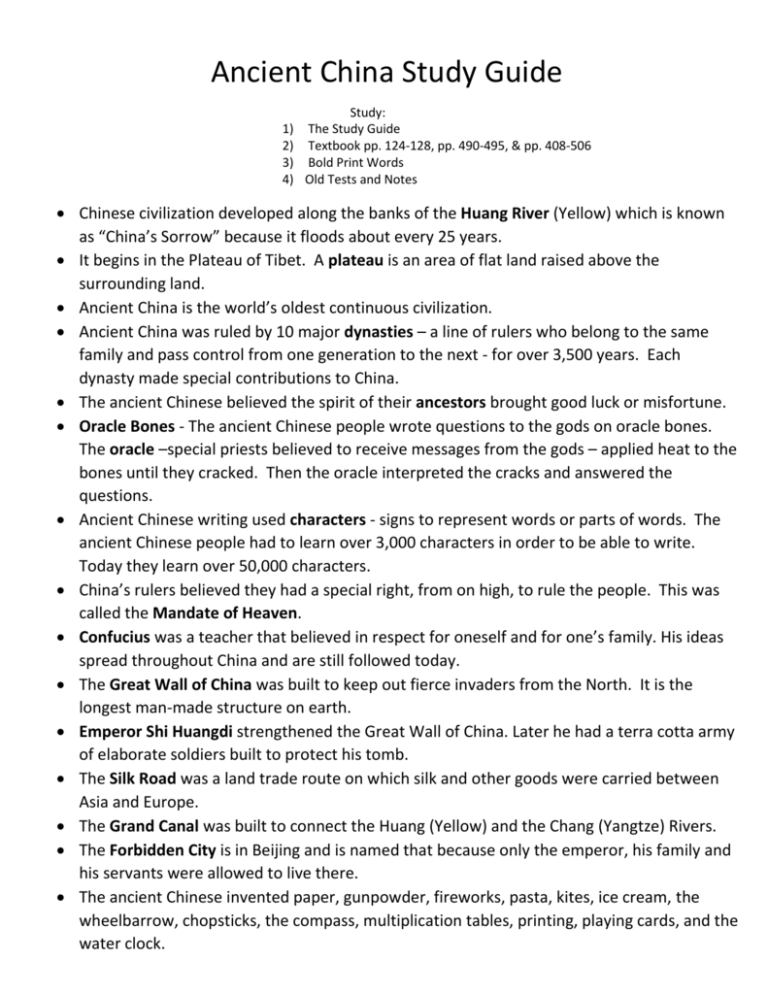
Ancient China Study Guide Study: 1) The Study Guide 2) Textbook pp. 124-128, pp. 490-495, & pp. 408-506 3) Bold Print Words 4) Old Tests and Notes Chinese civilization developed along the banks of the Huang River (Yellow) which is known as “China’s Sorrow” because it floods about every 25 years. It begins in the Plateau of Tibet. A plateau is an area of flat land raised above the surrounding land. Ancient China is the world’s oldest continuous civilization. Ancient China was ruled by 10 major dynasties – a line of rulers who belong to the same family and pass control from one generation to the next - for over 3,500 years. Each dynasty made special contributions to China. The ancient Chinese believed the spirit of their ancestors brought good luck or misfortune. Oracle Bones - The ancient Chinese people wrote questions to the gods on oracle bones. The oracle –special priests believed to receive messages from the gods – applied heat to the bones until they cracked. Then the oracle interpreted the cracks and answered the questions. Ancient Chinese writing used characters - signs to represent words or parts of words. The ancient Chinese people had to learn over 3,000 characters in order to be able to write. Today they learn over 50,000 characters. China’s rulers believed they had a special right, from on high, to rule the people. This was called the Mandate of Heaven. Confucius was a teacher that believed in respect for oneself and for one’s family. His ideas spread throughout China and are still followed today. The Great Wall of China was built to keep out fierce invaders from the North. It is the longest man-made structure on earth. Emperor Shi Huangdi strengthened the Great Wall of China. Later he had a terra cotta army of elaborate soldiers built to protect his tomb. The Silk Road was a land trade route on which silk and other goods were carried between Asia and Europe. The Grand Canal was built to connect the Huang (Yellow) and the Chang (Yangtze) Rivers. The Forbidden City is in Beijing and is named that because only the emperor, his family and his servants were allowed to live there. The ancient Chinese invented paper, gunpowder, fireworks, pasta, kites, ice cream, the wheelbarrow, chopsticks, the compass, multiplication tables, printing, playing cards, and the water clock.
